
Every week, we'll be sitting down with one of our gallery artists to discuss their work, process, inspiration, and stories. This week we're speaking with Rocio Rodriguez.
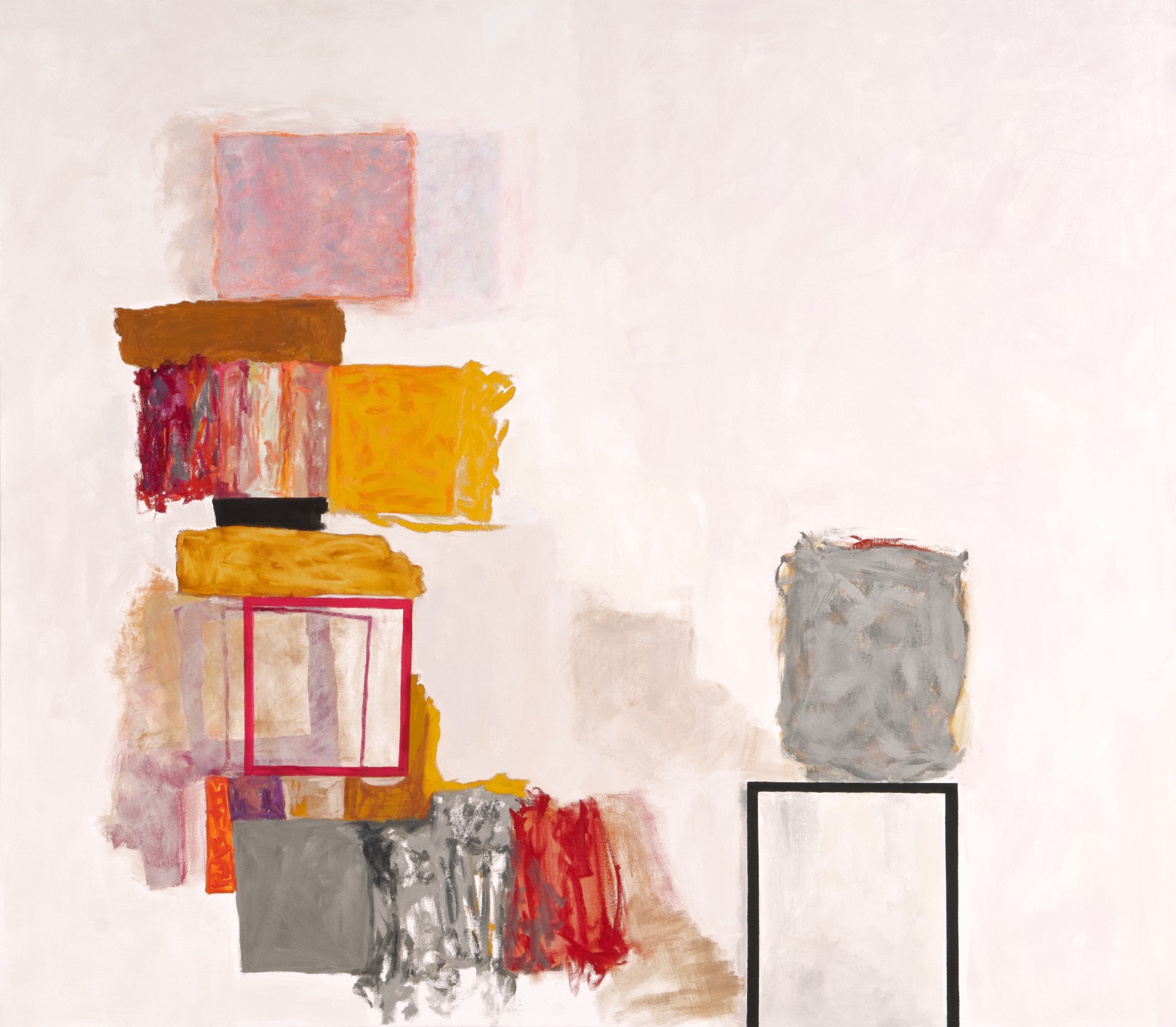
"Bits and Pieces"
Rocio Rodriguez work is introspective, yet rather than looking within she seeks to answer questions about painting as a whole. While breaking the artform down into its structural components and presenting them as totem-like forms to study as their own figures, she investigates the meaning of painting itself and its language. Frenzied line, gestural swaths of color, and geometric forms play out within the plane, sometimes seemingly floating freely and sometimes anchored by their relationships to one another or the hint of a horizon. Released from narrative or representation, the nature of Rodriguez's marks can be examined as answers in and of themselves to painting's creative problems and questions. Rodriguez talked with us from her studio in Atlanta about why this was important for her to explore, the process of transitioning from one body of work to the next, and the effects of being a studio junkie.
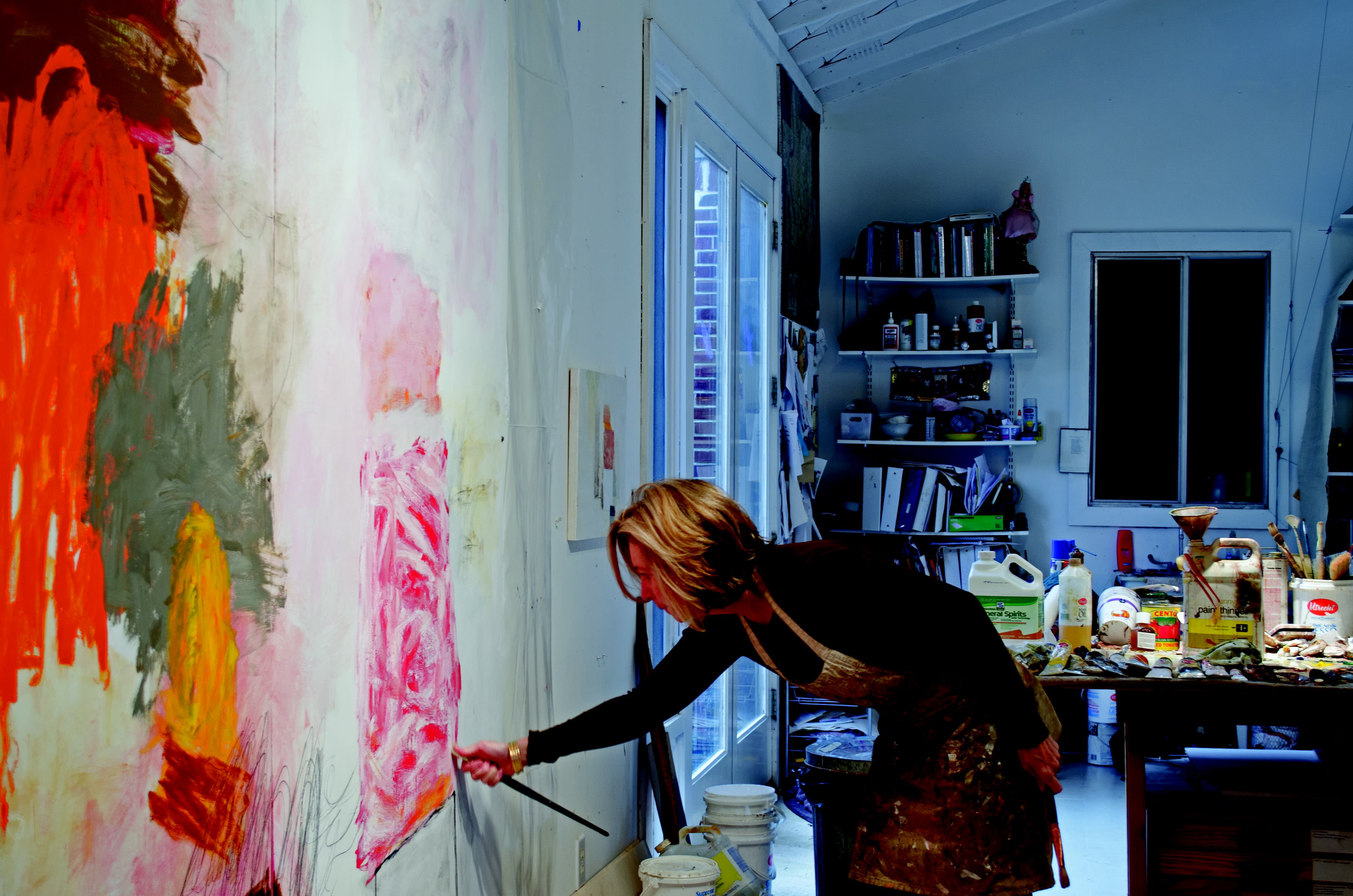
Photo courtesy of the artist
What are your earliest memories relating to art?
I was eleven years old when my father brought home three art books with illustrations - one on Velazquez, one on Rembrandt, and one on Van Gogh. This was my first encounter with art. At the same time my parents had purchased the World Book Encyclopedia and I spent a lot of time looking at the pictures in the Art section and drawing from them. I later took art courses in Junior High school and had two very good art teachers, but I didn't continue to pursue it even though the attraction for it was always there. When I went to college I was very interested in politics and chose political science as a major but as time passed my interest in this field waned and it so happened that my roommate was an art student. I would watch her do her projects and drawings, and I became very interested so I started going to the art department with her at night and participating in free figure drawing practice sessions that the students organized. It was not long after that that I changed my major and decided to earn a BFA and later an MFA in drawing and painting.
Your career has been marked by distinct bodies of work. Is it possible to put into words what prompts you to conclude one investigation and start the next? What are some influences and sources of inspiration you've had throughout the years?
It is not necessarily an intellectual decision to conclude an investigation and go on to something else. It is something that is felt, like I have come to the end of that particular way that I have expressed myself and feel that I have exhausted the possibilities that I proposed. At times it is like, "Well, I've answered that question, what's the next question that I need to ask?" And that takes time to figure out. Sometimes one doesn't know what the next question or problem is and an incubation period is required to reflect, to step back, to respond to new things. As far as influences it is hard to say. Typically, I begin to work and as I proceed the work starts to suggest a new question that needs to be addressed. I don't think up painting before I do it, it arises from the working process.
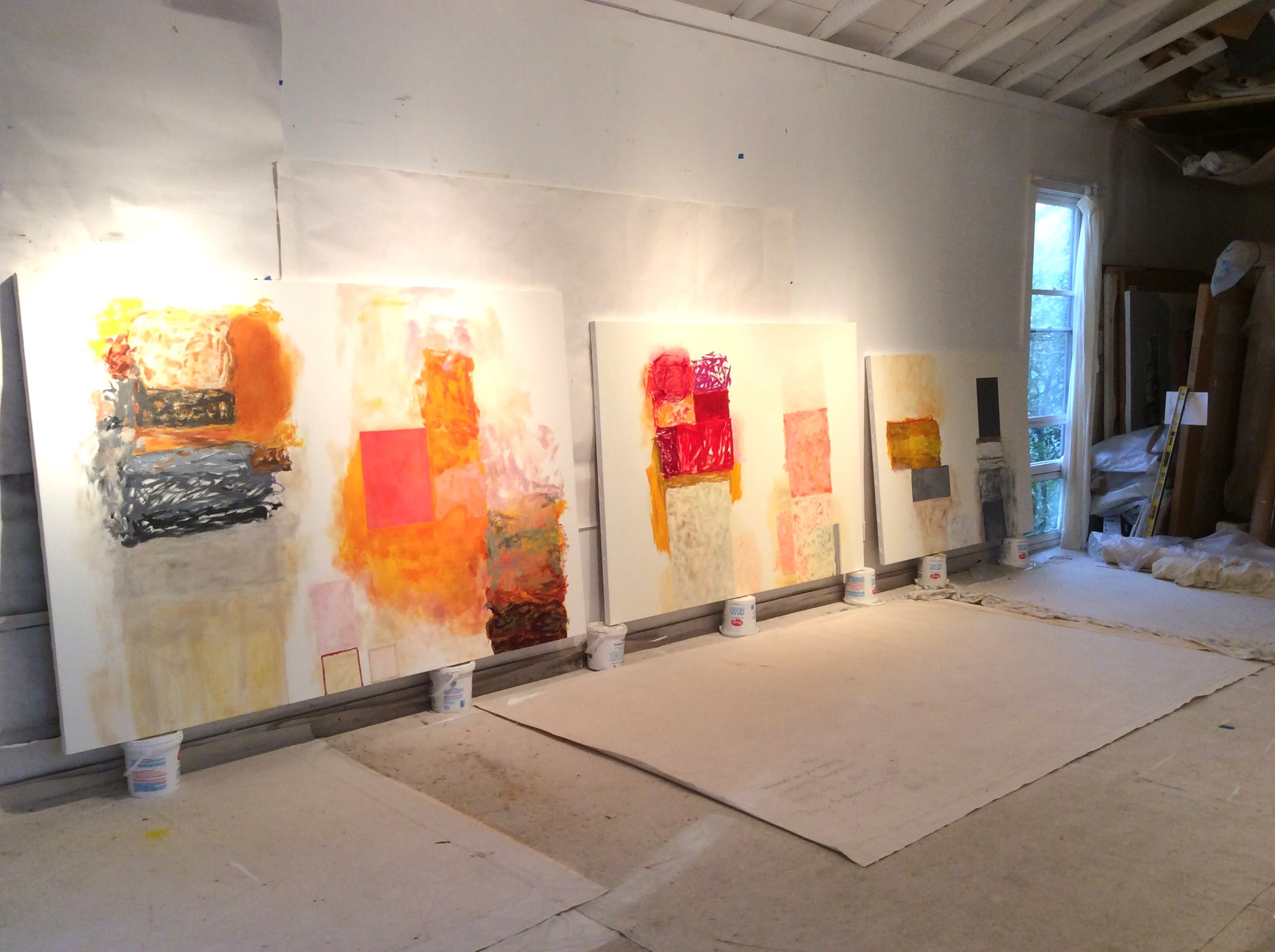
Photo courtesy of the artist
Your recently concluded body of work was exploring this desire to break painting down into its components. Was that a reaction to anything in particular?
I have a strong analytical side and a strong perceptive and intuitive side that seek to understand things by researching them fully and feeling my way through them. I find that a dialectical approach where you sort things out and break them apart and invite opposites into the questioning process is a way to get to the essence of things. With the last body of work, I wanted to investigate what painting is for me. What is this thing "painting" really about? What is "image making" for me? It is not necessarily about depicting, nor a narrative, but making a picture of the varying components from which a painting is made and exposing the language of seeing. It is painting about painting.
What are ways that you ordered and explored those components in your paintings? Were they strictly elements of painting, or were they at all representative of other ideas?
There is no clear narrative attached to the components but I do think of them as "real" things, as real as if I were painting an image of something that is immediately recognizable. When I started to paint, I was a representational painter, I painted life-size figures, landscapes. I wanted to learn how to depict something on a canvas. Later I turned to abstraction because I didn't want something specific, so clearly delineated with all the attachments that figuration has and depiction wasn't my primary interest. This transition was natural and progressive. Images became less defined more suggestive than descriptive. I wanted the image to be open-ended. I wanted the viewer to participate in the picture by letting the viewer come to the painting without various pre-conceived notions about the image that they were looking at.
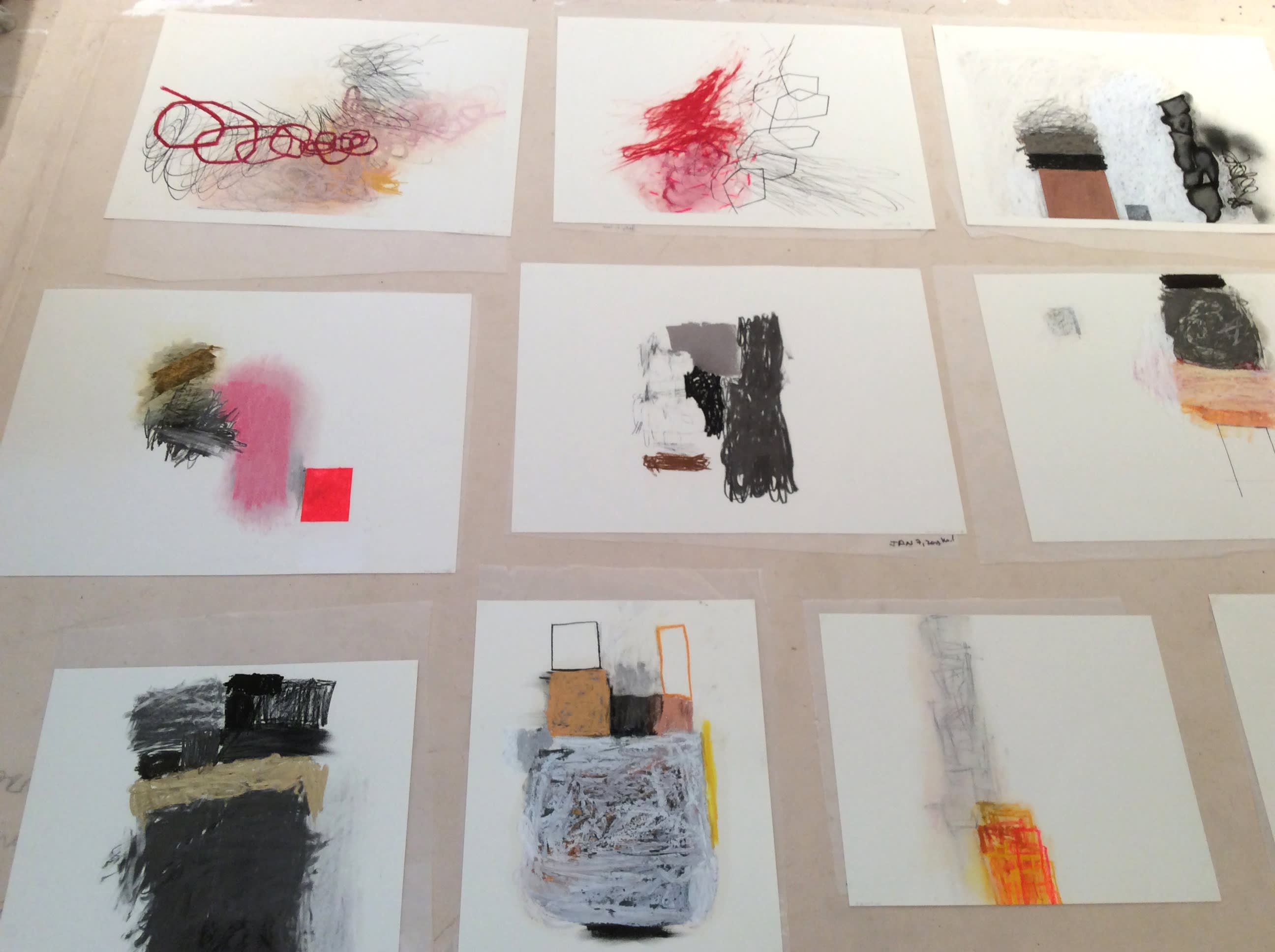
Photo courtesy of the artist
Did you find any answers to those existential questions you posed to yourself at the start of this body of work?
That existential question has been there for me since the beginning. It reflects how I perceive my place in this world, my world-view, and my work has always addressed that question in some way.
Have you started thinking about what your next body of work will be about?
When I am finished with a body of work and I have yet to start another I try to avoid thinking about what the next problem will be since I don't work that way. It is through the process of working that I begin to find a new problem to solve in my work, or what that work will be about. Ideas are found through the process not beforehand.
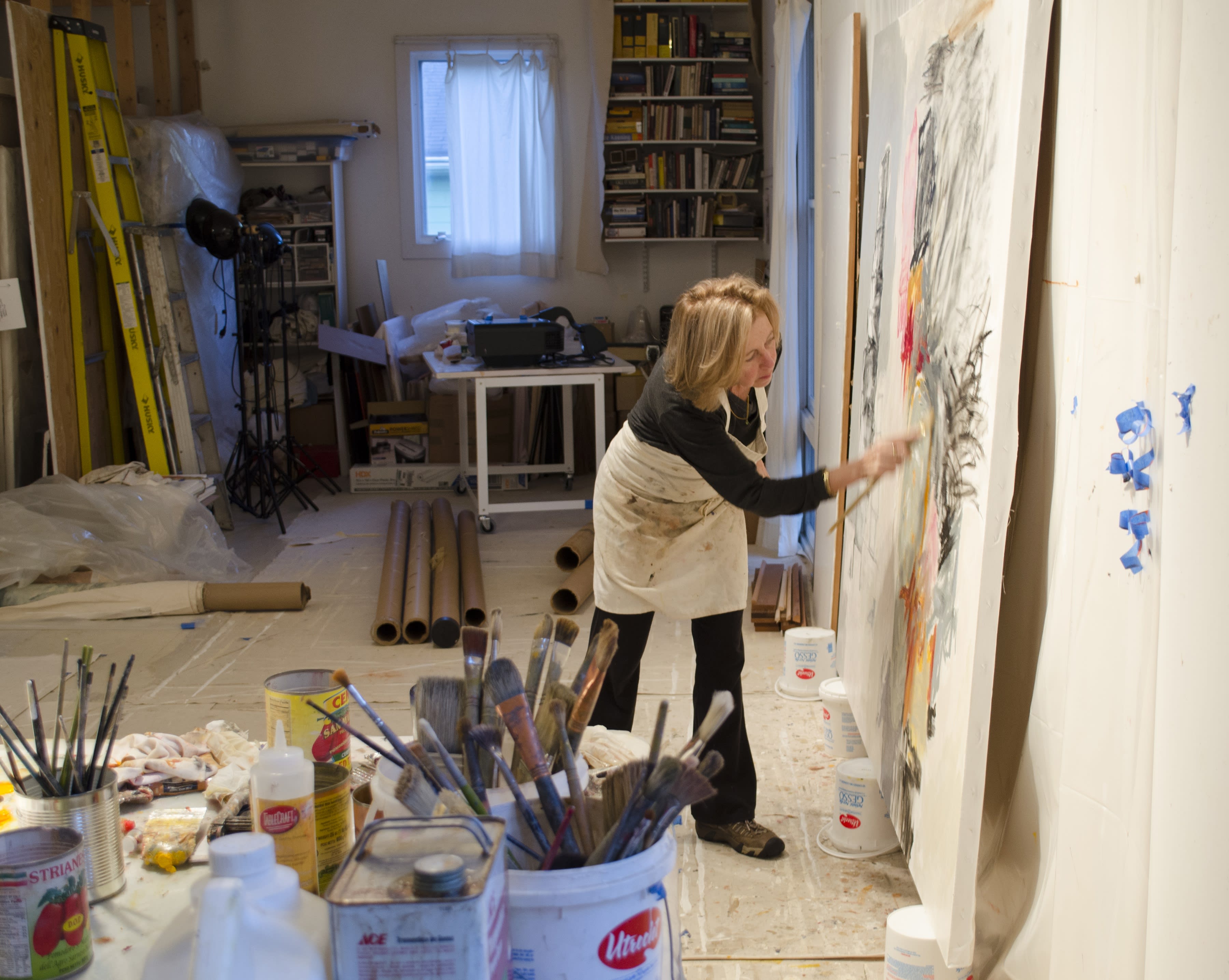
Photo courtesy of the artist
How do you spend those breaks between bodies of work?
Sometimes after one completes a body of work there is a re-grouping a re-calibration or an abandonment of previous ideas and ways of working. It is a difficult period, because you are in the process of transformation, like growing a new skin, and it can be very uncomfortable at times. I have worked through these periods before, making a lot of work that usually ends up in the trash, but that was necessary to make and get out of the way. You are searching, and you are trying different things and sometimes it takes quite a while before something begins to speak to you and show you something new in your work that you haven't done before. This go-around I am doing something new with my process; I am not working my way through it. I have left the studio and I am very busy doing nothing. It is a scary and difficult thing to do, especially for someone like me who is a total studio junkie. I work all of the time, not just when I have a show coming up, so doing nothing is very new and I am finding it rather cleansing. It is necessary at times to separate yourself from the known, to walk away, so you can find something new within and outside of yourself and your process. But eventually I will return and start working again.
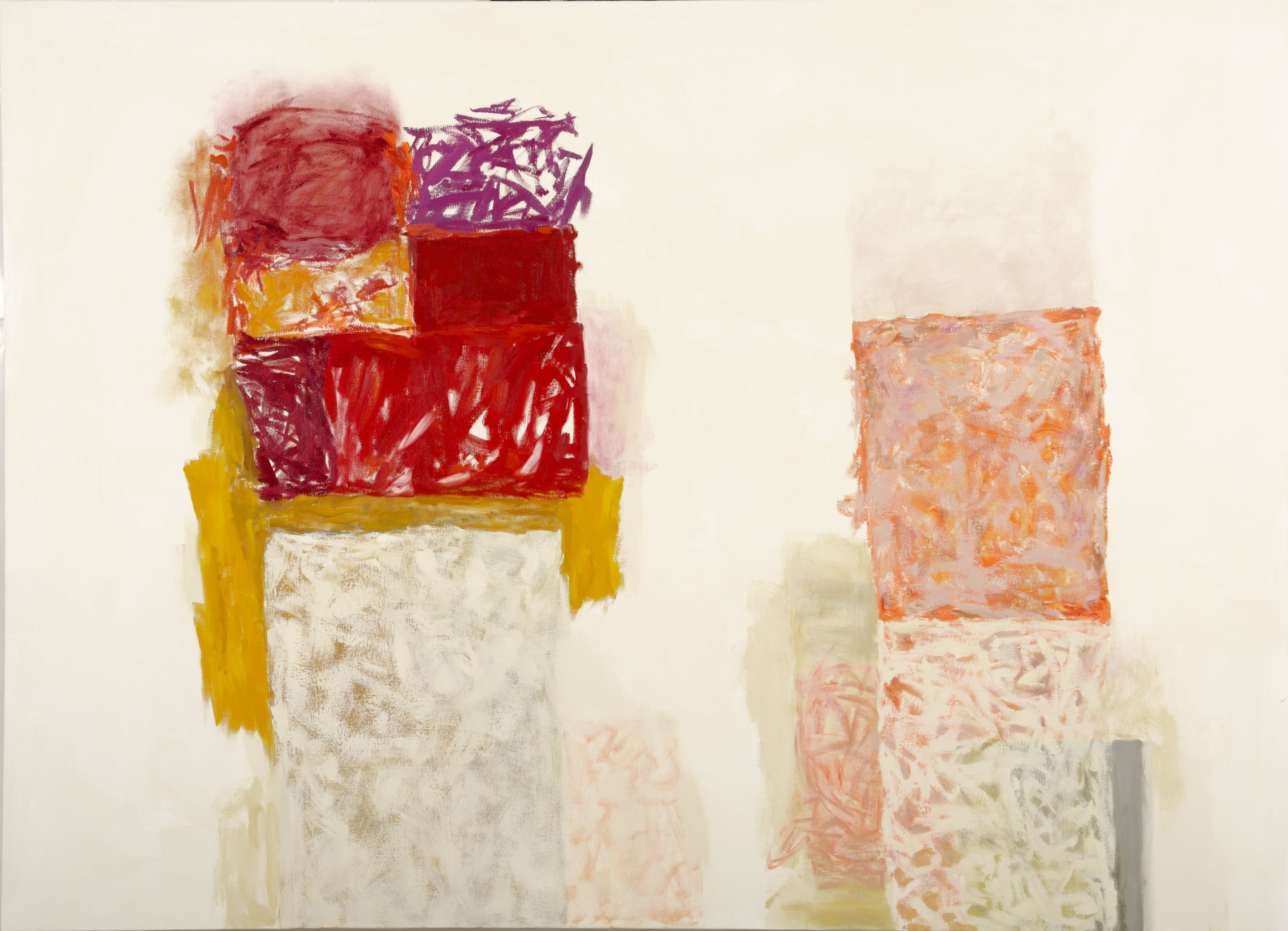
"Reds Rising"
Explore more of Rocio Rodriguez's work here.
Comments
Hi Liliana,
Feel free to call or email me. I'm happy to help.
212.366.5368 or debra@markelfinearts.com
Love your work!!!
Love to get inf. on some of the paintings!
looking for 5x5 for my son who went to School for Architecture and likes your work too!!
Liliana Hines
